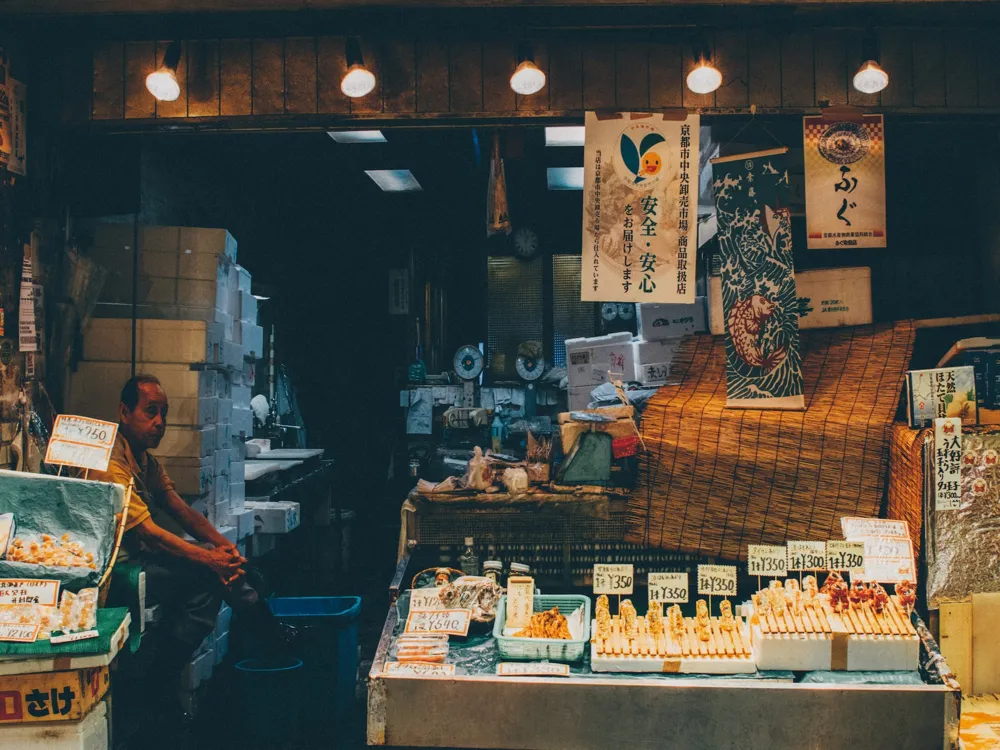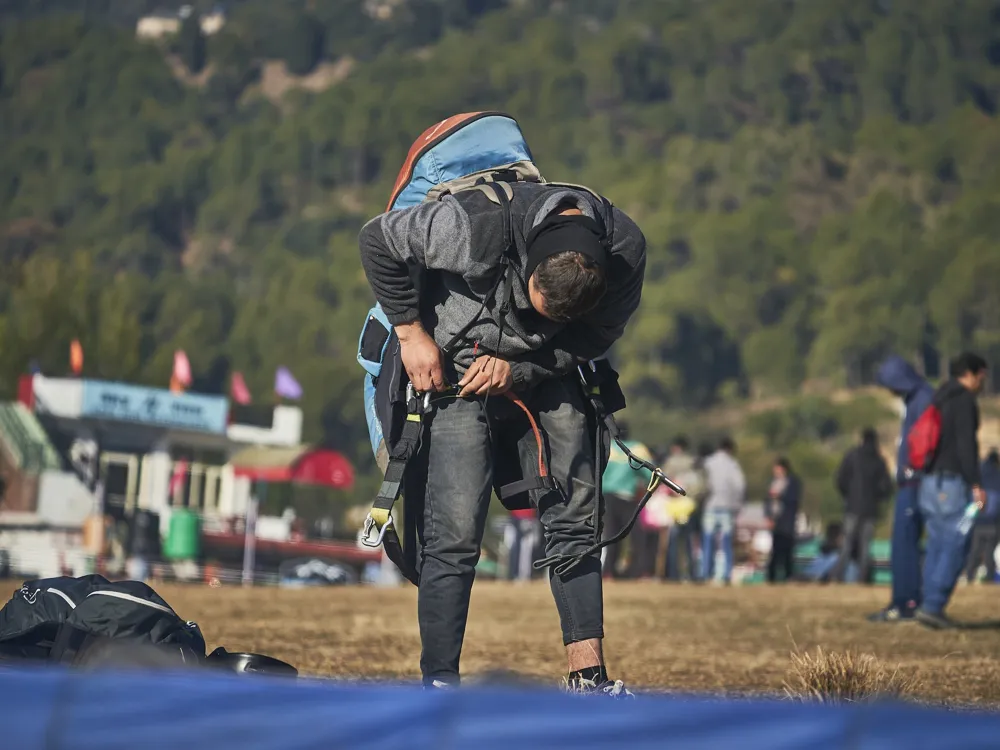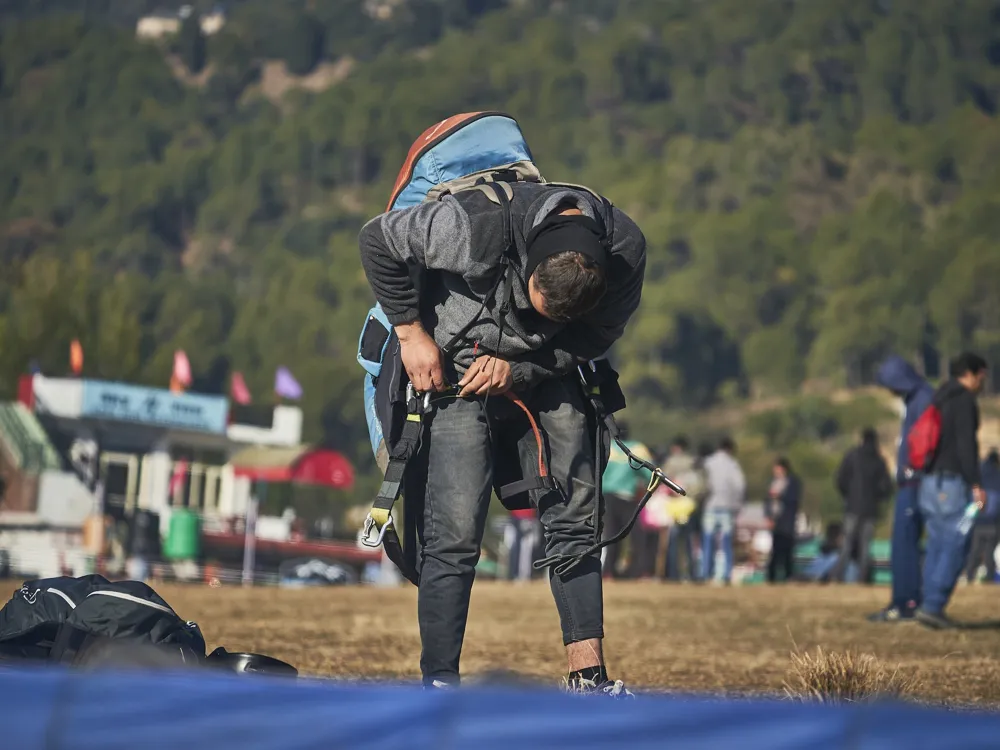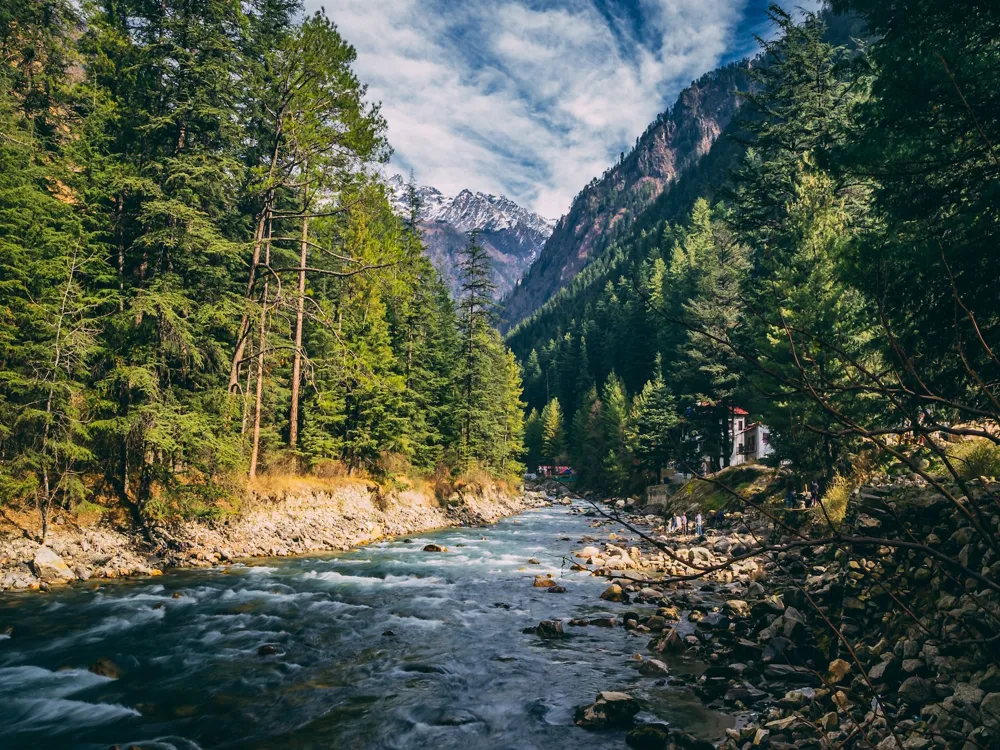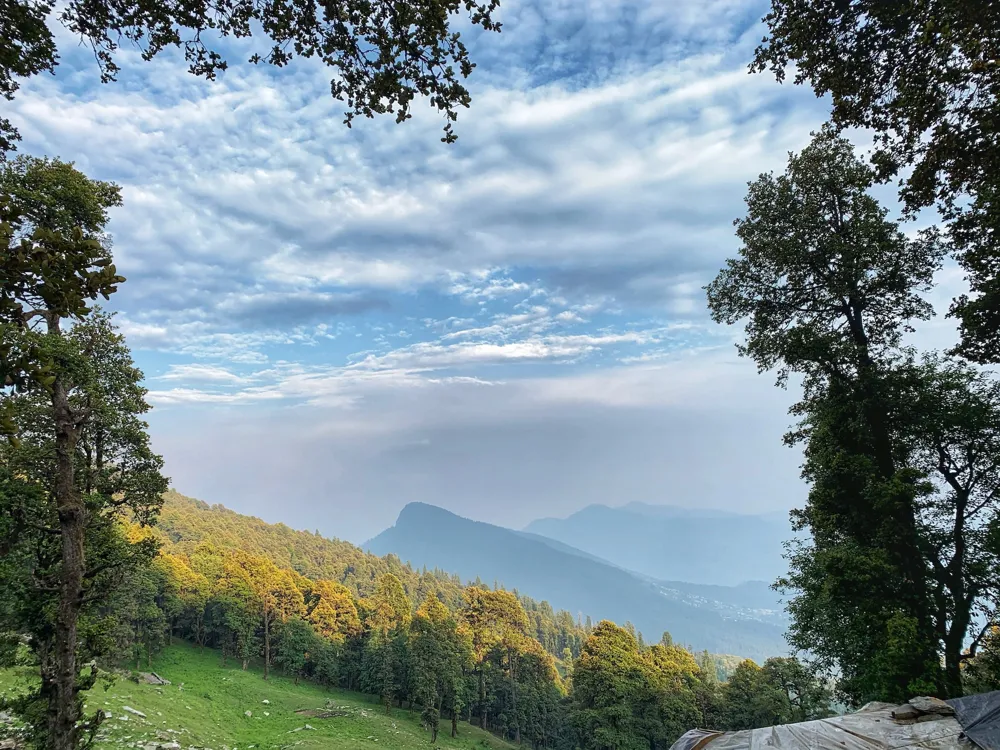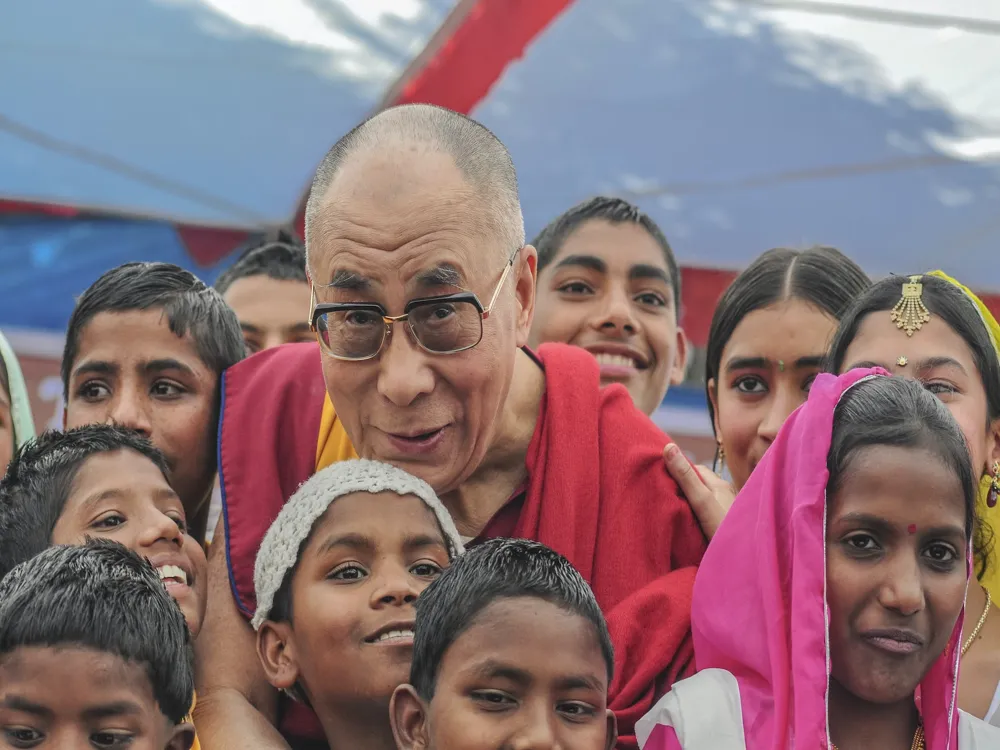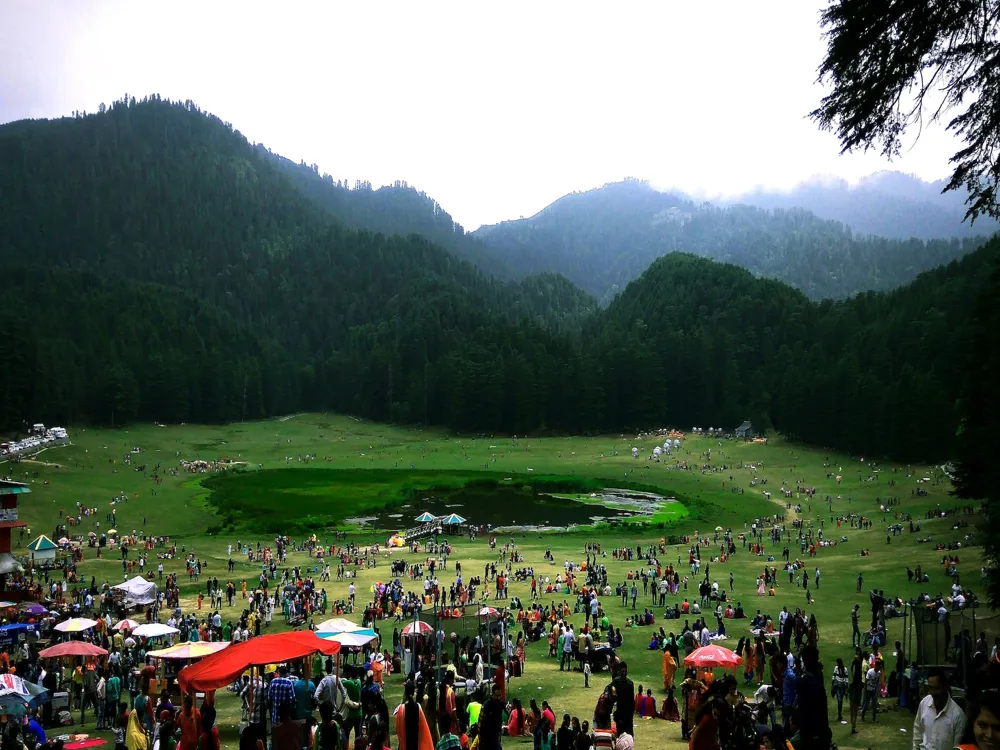Nestled in the serene landscape of Bir, Himachal Pradesh, Chokling Monastery stands as a beacon of Tibetan Buddhist culture and spirituality. Established in the 20th century, it is not only a center for religious activities but also a testament to the rich heritage and resilience of the Tibetan people. The monastery, with its tranquil environment, offers a unique blend of spiritual awakening and cultural immersion. Visitors are greeted by the colorful prayer flags, intricate murals, and the melodious chants of monks that echo through the halls, creating an ambiance of peace and introspection. The architecture of Chokling Monastery is a visual delight, reflecting the traditional Tibetan style. Its striking features include the vibrant façade, adorned with exquisite paintings and carvings, and the large prayer wheel that stands at the entrance, inviting all to spin it for blessings. Inside, the main prayer hall is a masterpiece, housing statues of Buddha, Padmasambhava, and other revered deities, surrounded by intricate thangka paintings and offerings. The monastery also serves as an educational center, where young monks learn about Buddhist philosophy, meditation, and rituals, preserving their rich traditions for future generations. The monastery is not just a place of worship but also a center for cultural exchange. Throughout the year, it hosts various festivals and ceremonies, showcasing traditional Tibetan dances, music, and art. The annual festival of Losar (Tibetan New Year) is particularly vibrant, drawing visitors from around the world to experience the rich customs and joyful celebrations. The monastery’s serene environment also makes it a popular destination for meditation and spiritual retreats, offering a space for self-reflection and inner peace. The architectural design of Chokling Monastery is a splendid example of Tibetan craftsmanship blended with modern influences. As you approach the monastery, the first thing that strikes you is its majestic façade, a harmonious blend of bold colors and intricate designs. The monastery's exterior is adorned with traditional Tibetan motifs, including dragons, lotus flowers, and auspicious symbols, each holding significant spiritual meaning. The interior of the monastery is equally impressive. The main prayer hall, the heart of the monastery, is a large, spacious area adorned with thangkas, religious texts, and statues of various Buddhas and Bodhisattvas. The use of vibrant colors in the frescoes and the meticulous attention to detail in the carvings reflect the deep spiritual beliefs and artistic skills of the Tibetan people. The large, ornate prayer wheel near the entrance is a focal point, symbolizing the Buddhist teachings' endless cycle. The monastery’s design is not only aesthetically pleasing but also functional. The layout is designed to facilitate large gatherings during festivals and rituals. The monks’ quarters and study areas are strategically placed to provide a conducive environment for learning and meditation. The use of natural light, open spaces, and the serene surroundings all contribute to the monastery’s spiritual atmosphere, making it a haven for those seeking peace and enlightenment. When visiting Chokling Monastery, it's important to show respect for the local customs and traditions. Dress modestly, remove your shoes before entering prayer areas, and avoid loud conversations. It's also respectful to walk around temples and stupas in a clockwise direction. Photography is usually permitted in the monastery grounds, but always ask for permission before taking photos inside the temples or of the monks. Be mindful not to use flash photography as it can be disruptive. Visitors are often welcome to participate in meditation sessions and rituals. This can be a profound way to connect with the spiritual atmosphere of the monastery and understand Buddhist practices. Plan your visit during traditional festivals for a more enriching experience. Festivals like Losar (Tibetan New Year) offer a glimpse into the vibrant cultural and spiritual life of the monastery. Bir is located at a high altitude. Visitors should be mindful of altitude sickness and take necessary precautions like staying hydrated and acclimatizing properly. Chokling Monastery is accessible by various modes of transportation. The nearest airport is Dharamshala’s Gaggal Airport, about 68 kilometers away. From there, taxis or buses can be taken to Bir. For those traveling by train, the nearest railway station is at Pathankot, from which you can hire a taxi or catch a bus to Bir. The journey by road is scenic, offering views of the majestic Himalayas and lush valleys. Once in Bir, the monastery is easily reachable by local transport or even on foot, as it is a prominent landmark in the town. Read More:Overview of Chokling Monastery in Bir, Himachal Pradesh
Architecture of Chokling Monastery
Tips When Visiting Chokling Monastery
Respect Local Customs and Traditions
Photography Guidelines
Participate in Meditation and Rituals
Plan Your Visit During Festivals
Be Mindful of Altitude Sickness
How To Reach Chokling Monastery
Chokling Monastery
Bir
Himachal Pradesh
₹ 6,250 onwards
View bir Packages
Also Refered As:
Choukling monastery
Bir Travel Packages
View All Packages For Bir
Top Hotel Collections for Bir

Private Pool

Luxury Hotels

5-Star Hotels

Pet Friendly
Top Hotels Near Bir
Other Top Ranking Places In Bir
View All Places To Visit In bir
View bir Packages
Also Refered As:
Choukling monastery
Bir Travel Packages
View All Packages For Bir
Top Hotel Collections for Bir

Private Pool

Luxury Hotels

5-Star Hotels

Pet Friendly







